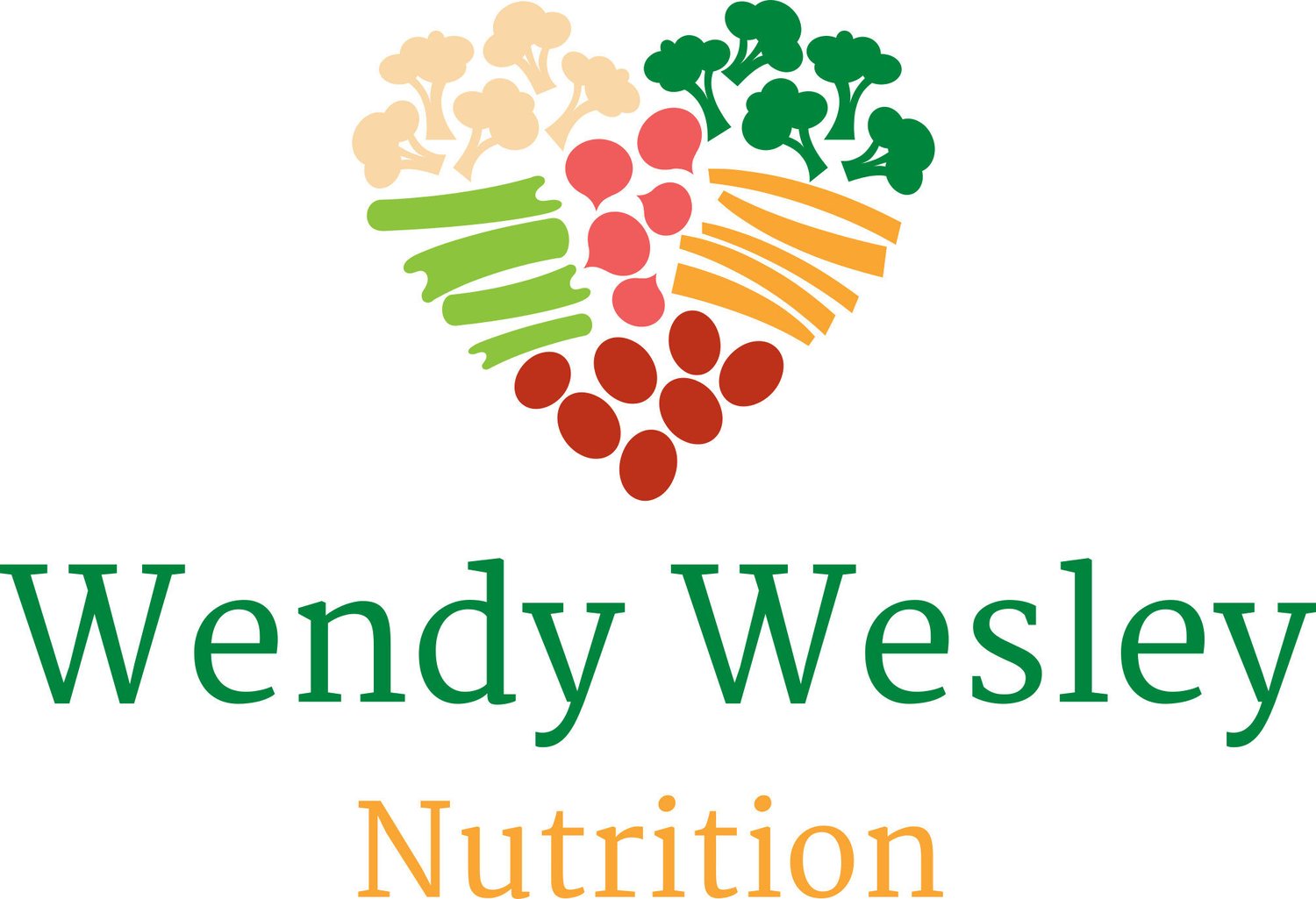Ref: St. Petersburg Nutritionist
Hooray! In 2018 we are finally getting what we wanted: amounts of added sugars will be featured on the new food label.
Added sugars are those added to a food that is not naturally occurring. Two examples of naturally occurring sugars are lactose (milk sugar) found in all dairy foods and fructose found in all fruits.
Under the new labeling guidelines, a container of your favorite yogurt, for example, will list the natural sugars found in milk and then must separate the sugar the manufacturer added to sweeten it. Currently when you read the yogurt label you have to guess how many of the total sugars come from the milk and how many are added to make it sweet. If you are looking to reduce the amount of sugar you consume this one change could be very helpful to you.
In addition, food manufacturers will divulge the daily percent these added sugars contribute to the recommended daily amount. The FDA recommends that no more than 10% of your daily calories come from added sugars. Based on a 2000 calorie diet that is 50 grams, 12 teaspoons or a ¼ cup. That’s not much and it adds up fast in today’s landscape of highly sweetened foods.
Sweets and desserts foods are obvious contributors of added sugars to the diet but what about savory foods and supposedly healthy foods? High amounts of added sugars can be found in jarred pasta sauce, ketchup, BBQ sauce, instant oatmeal, breakfast bars with healthful names, muffins, canned fruit and yogurt. With added sugars separated from total sugars the consumer will now be able to see the impact added sugars have to overall calories.


